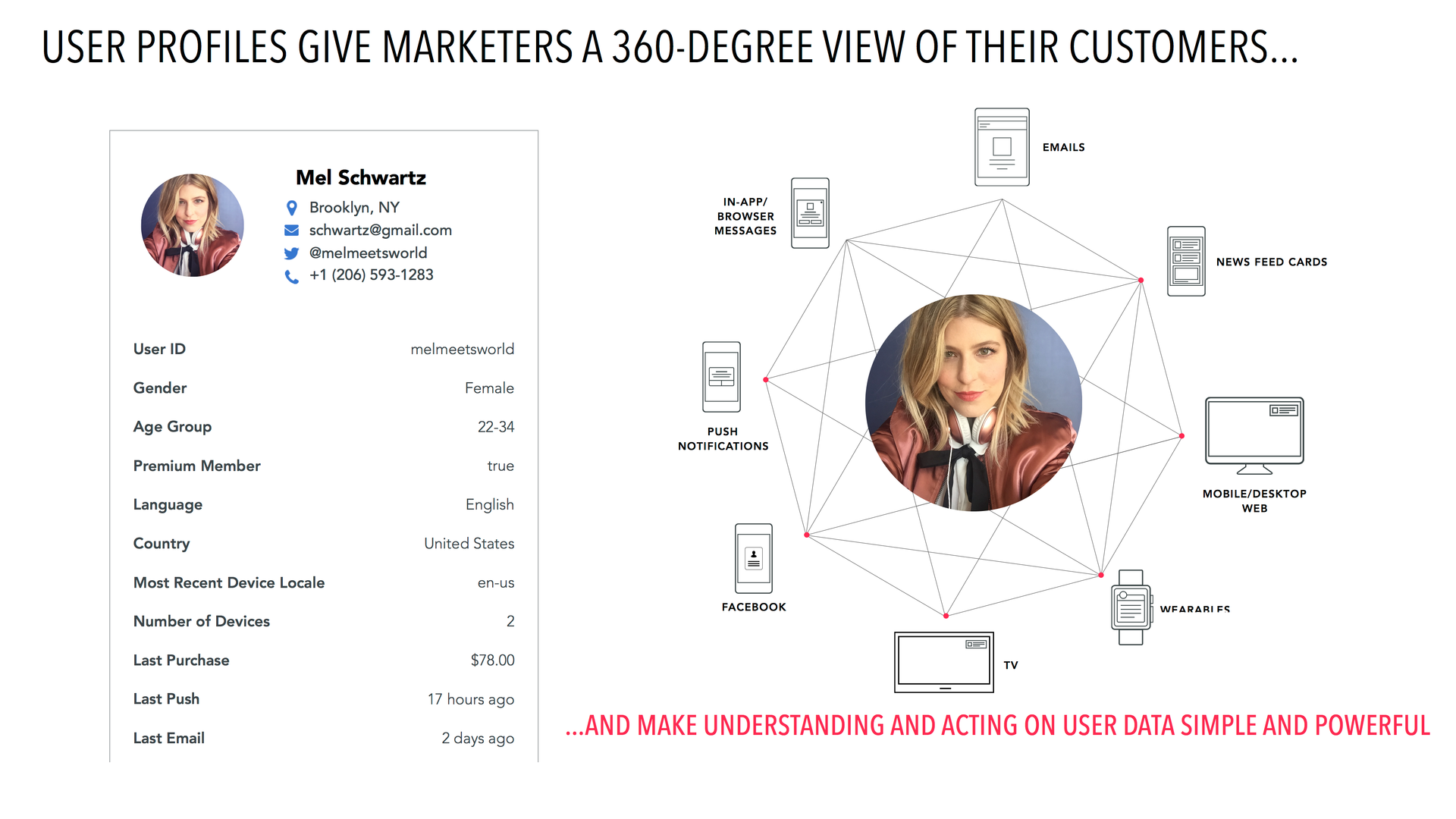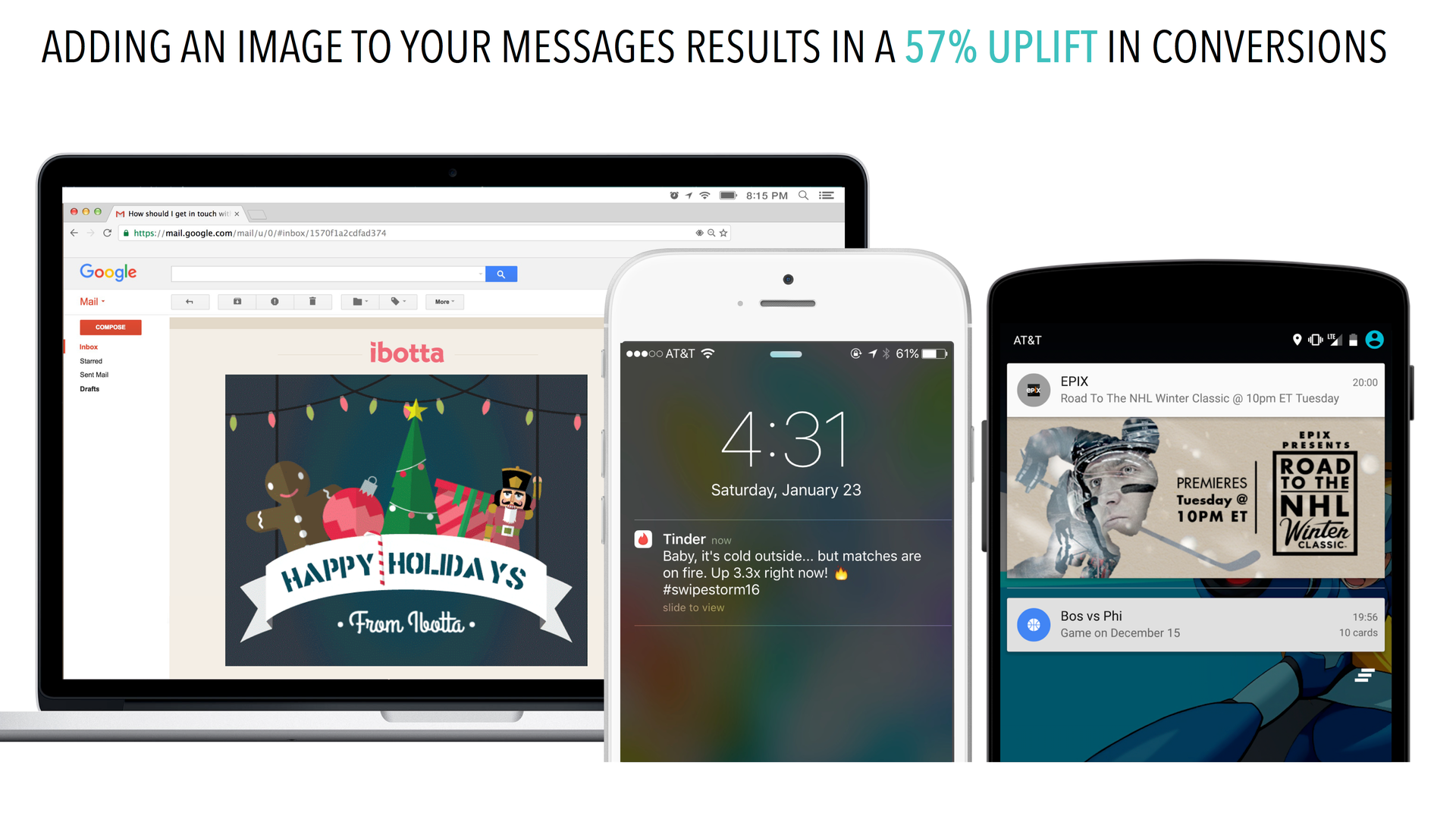How Data and Emotion Power Smart Holiday Marketing
Published on November 11, 2016/Last edited on November 11, 2016/6 min read


Todd Grennan
Content Production Principal, Content Marketing at BrazeOver the last decade, mobile devices have entrenched themselves in nearly every aspect of our day-to-day lives. 72% of U.S. adults own a smartphone and we’re so used to carrying them everywhere that a full 53% of people feel anxious when their device isn’t nearby. And the rise (and increasing ubiquity) of mobile devices has created massive new opportunities for brands to reach and monetize customers, with 53% of people who shop online using a mobile device to do so and mobile retail growth jumping 32.2% year over year in 2015.
Those changes are affecting the holiday shopping season, too.
Because people carry their mobile devices everywhere, they don’t have to visit a brick-and-mortar store to make a purchase anymore (though they can: in fact, 73% of purchases that follow a mobile search happen in-store). That’s changed how people shop during the holidays. Black Friday and Cyber Monday aren’t the tentpoles they used to be: last year, engagement hit holiday levels the day before Thanksgiving, rising 74% day over day, and remained elevated throughout the holiday weekend, with Cyber Monday seeing 33% more activity than Black Friday.
To help brands make the most of this changing landscape, we recently held a webinar, “The Two Keys to Modern Holiday Marketing,” as part of Appboy’s Relate Live series of digital events. Today, we’ll take a look at the highlights from that event, which featured Marissa Aydlett, Appboy’s vice president of marketing, including a look at how customer data and emotion-focused messaging can impact your holiday strategy. Let’s get started!
Customer data: The foundation of strong holiday campaigns
During the webinar, Aydlett walked participants through the important role that customer data plays in supporting effective customer messaging, especially during the holiday season. Smartphones and tablets have made it possible for brands to easily track customers’ in-app behavior, engagement with past messages, physical location, language, and other relevant information, but that mobile customer data doesn’t exist in a vacuum. “You should be able to supplement that mobile view of the customer,” Aydlett said, “with first-party data like in-store purchases or web behavior to create a truly robust customer profile.”

If you’re looking to make the most of your holiday outreach, just collecting that information isn’t enough—you need to be able to act on it. With the right marketing software, it’s possible to leverage nuanced customer data held in your app’s user profiles to significantly boost the effectiveness of your holiday messages by:
- Taking advantage of send-time optimization to automatically assess the times that each customer is most likely to engage with outreach and deliver messages during each person’s high-engagement windows, boosting conversions by 25%.
- Use personalization and dynamic content to individually customize the content of messages for each recipient based on their in-app behavior, preference, demographic data, and more, increasing conversions from those messages by more than 27%.
“It’s getting harder and harder for marketers to capture and hold their customers’ attention in today’s overwhelming, distraction-filled world,” Aydlett told attendees. “And that goes double as the holiday shopping season gets underway. Brands need better ways to engage their audiences, and to do that, they need customer data to drive smarter, more relevant experiences.” By using customer data to send individually customized outreach that arrives when users are already interested in engaging, you can significantly increase the impact of each message you send and reduce the chances that your outreach is being lost in the holiday shuffle.
Holiday emotion: Using smart messaging to get customers into the spirit
With the rise of mobile and all the powerful, automated marketing tools that have come with it, it’s important not to lose sight of the fact that marketing is still fundamentally about people. Your audience is made up of a lot of individual people, and it’s important to communicate with them as individuals.
“People like to feel understood,” Aydlett said during the webinar. “That’s true all year long, but it’s especially true during the busy and demanding holiday season.” Personalization and other data-driven customization is an important part of that equation, but you should also think about how to use the messaging channels that mobile has made possible to engage and delight recipients on an emotional level. To get customers in the holiday frame of mind, consider making use of:
- Rich push notifications, supported by both Android and iOS 10, which make it possible to include images, animated GIFs, video, and more in your urgent outreach, increasing conversions by up to 57%.
- Emojis, a crowd-pleasing way for marketers to add a dash of color and holiday personality (like so: 🎄🎉🎁) to even the shortest message.

When it comes to crafting your holiday outreach, there’s no conflict between taking advantage of customer data to personalize messages and making customer communications stand out with fun, visual elements—these tools can and should be used in concert to provide customers with a messaging experience that’s both valuable AND engaging.
Not every holiday campaign has to be a “holiday campaign”
When we talk about holiday outreach, there’s a tendency to assume that we’re talking about a very specific kind of campaign: namely, a promotional message or series of messages highlighting products or services that recipients will (hopefully) decide to purchase as part of their seasonal shopping. But not every holiday message has to be a promotional message—or even talk about the holidays at all.
“Last year, MapQuest took a different approach,” Aydlett explained, “by choosing to focus their holiday outreach on providing users with a more valuable app experience during the holiday season.” During the holidays, MapQuest sent messages that used personalization and advanced audience segmentation powered by customer data to nudge their users to add their home and work addresses to the app. The campaigns were very successful, making recipients 1,000% more likely to add this valuable personal data than people who didn’t receive the outreach. “At first glance, home and work addresses may not seem to have much to do with the holidays,” Aydlett said, “but having customers save those addresses significantly eased the process of looking up directions during this travel-heavy period, and provided MapQuest’s customers with a superior user experience when they need it the most.”
So when you’re putting together your holiday marketing strategy, take a moment to look beyond the presents and celebrations and holiday trappings, and consider whether there are ways to make your users’ holiday experience better. That’s the kind of marketing that strong customer/brand relationships and sustainable long-term success are built on.
Releated Content
View the Blog
Are you AI-savvy enough to survive? A wake-up call for CMOs

Team Braze

What are contextual bandits? The AI behind smarter, real-time personalization

Team Braze

What is a multi-armed bandit? Smarter experimentation for real-time marketing
